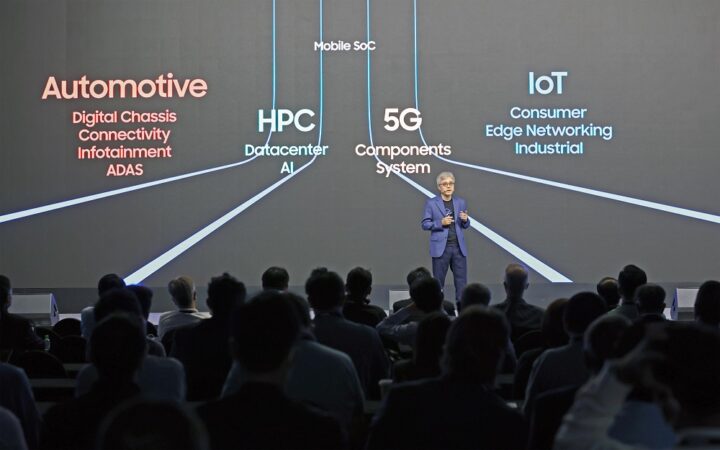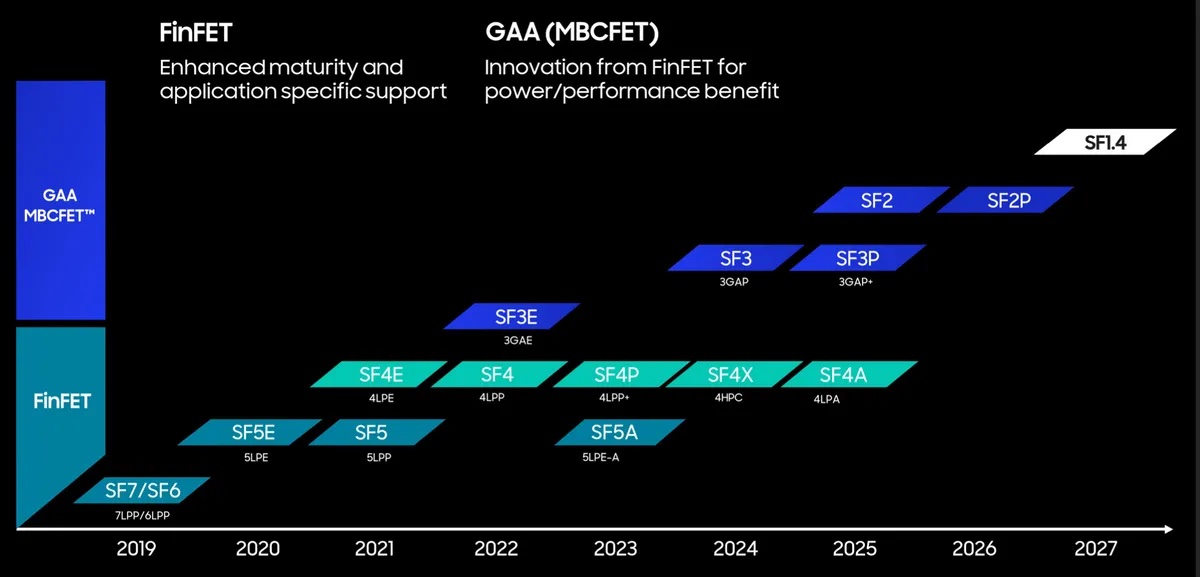Concernt
Optimism is non-negotiable
- Pronouns
- She/Her
I mean... they did it to the New Nintendo 3DS (non-XL) and DSi XL.Thanks for the update. So the implication of the post is that the OLED model is going to be replaced after 2022? Or just that this particular factory is shifting gears?
I was under the impression that the OLED model had quite some effort put into the design, hence Nintendo having a write up on the differences around it (can’t find it but I know one was released). Throwing all that away after only 1-1.5 years sounds unlikely… If a system was going to get axed I’d have thought it would be the V2, just because it feels pretty dated now
OLED Model had some interesting design gone into it but a lot (I daresay most) will be reused for the upcoming device, like the dock, HDMI cable, hinges, screen, metal construction, more efficient cooling system, etc.
Ultimately the Nintendo Switch - OLED Model, I think, will go one of two ways:
One: The Switch V2 will be canned, I mean the original name of OLED Model had "OLED Model" in brackets, and the leaks around it suggested it was meant to replace the V2 eventually anyway. This tracks with pricing given the OLED Model is massively simplified internally compared to the V2, it's just cheaper to produce, aside from the screen and hinges.
Two: The OLED Model will be canned, or at least hugely brought down in production numbers. Unwilling to lower the price it sells for, it gets pushed out of the premium market by Super Nintendo Switch, which has the same battery life in non-enhanced games, the same great kickstand and screen, the same dock, and HDMI cable, better in every way; only way more powerful. It makes the OLED Model obsolete in a way that it wouldn't do to the V2.


/cloudfront-us-east-2.images.arcpublishing.com/reuters/UR5RNKTDGRISFINFG7CZ7P4POY.jpg)




